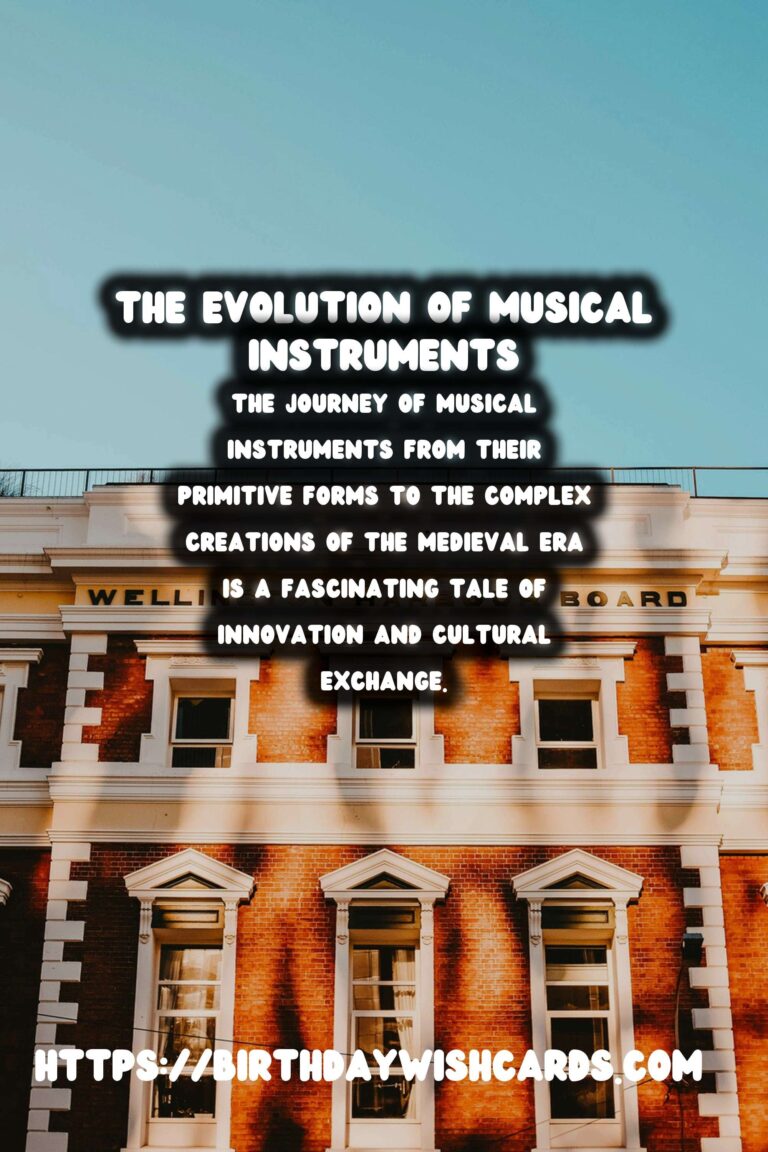
Music has been a vital part of human culture for thousands of years, with musical instruments serving as its voice. The journey of musical instruments from their primitive forms to the complex creations of the medieval era is a fascinating tale of innovation and cultural exchange. This article explores the roots and evolution of musical instruments, offering insights into their historical significance and development.
Ancient Musical Instruments: The Dawn of Music
In ancient times, people began creating music with their voices and by clapping their hands. Soon, they started using perishable materials such as bones, shells, and stones to craft the earliest instruments. These simple tools laid the groundwork for future musical advancements.
The earliest known instruments date back to around 40,000 years ago. Archaeological discoveries in regions like Europe have unearthed flutes made from animal bones, signifying the deep-rooted human urge to make music. These early flutes are often associated with the Upper Paleolithic era.
Sumerians and Egyptians were among the first to develop sophisticated musical cultures. In ancient Mesopotamia, lyres and harps were crafted with intricate designs, highlighting both artistic expression and craftsmanship. Similarly, Egyptians used flutes and reed instruments, reflecting a rich tradition of music integrated into daily life and spiritual practices.
The Influence of Ancient Greece and Rome
Ancient Greece played a pivotal role in shaping the music of the Western world. Instruments such as the aulos, lyre, and kithara were central to Greek religious and social life. The Greeks believed music had the power to influence emotions, character, and even politics.
Roman culture absorbed much of its musical knowledge from Greece, but also incorporated unique instruments like the tuba and cornu. Music in Rome was ubiquitous, from military parades to theatrical performances, demonstrating its integral role in society.
The Transition to the Medieval Era
As the Roman Empire fell and Europe entered the Middle Ages, musical instruments continued to evolve. Instruments became more diverse, and new ones were introduced through trade and exploration. The medieval period saw the introduction of string instruments such as the violin and guitar’s precursor, the lute.
Chanting and liturgical music dominated early medieval Christian worship, often accompanied by the organ. The organ, often associated with church music, became an instrument of grandiosity during this time. Additionally, the invention of musical notation during the medieval era was a significant milestone that allowed music to be shared and preserved across generations.
Medieval Innovations and Cultural Exchanges
The medieval era was a time of cultural exchange fueled by trade routes such as the Silk Road. These exchanges led to the importation of instruments from the East, such as the rebab and the oud, which influenced European music and inspired new instrument designs.
Musical guilds and the establishment of universities in the late medieval period further promoted musical education and the study of instruments. This institutional framework helped in refining musical techniques and understanding the science behind sound.
Another notable innovation of this period was the development of wind and brass instruments. The creation of the shawm, an early predecessor of the oboe, and various types of bagpipes are notable examples of the era’s ingenuity.
The Legacy of Ancient and Medieval Instruments
The evolution of musical instruments from ancient to medieval times laid the foundation for the diverse world of music we enjoy today. These instruments represent centuries of creativity, cultural exchange, and technological advancement in human history.
Understanding the history of these instruments not only offers insight into the past but also underscores the universal language of music that continues to bridge cultural and temporal divides.
Music has been a vital part of human culture for thousands of years, with musical instruments serving as its voice. The journey of musical instruments from their primitive forms to the complex creations of the medieval era is a fascinating tale of innovation and cultural exchange. 
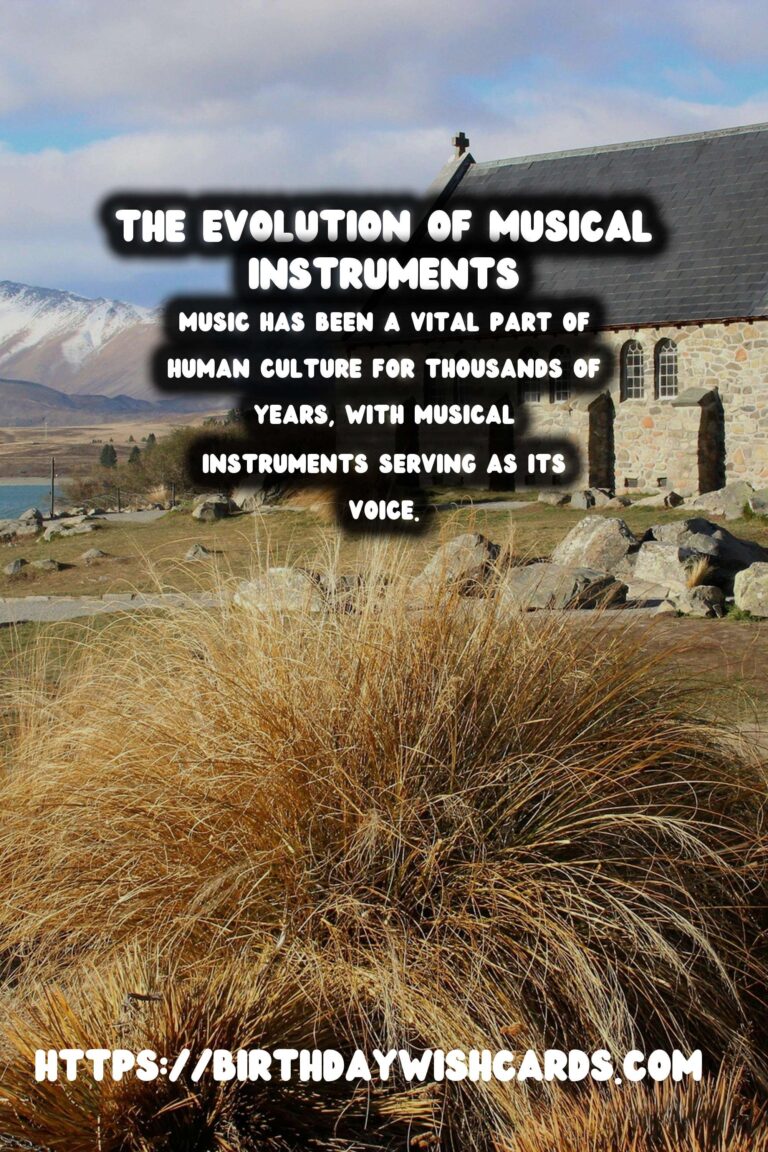
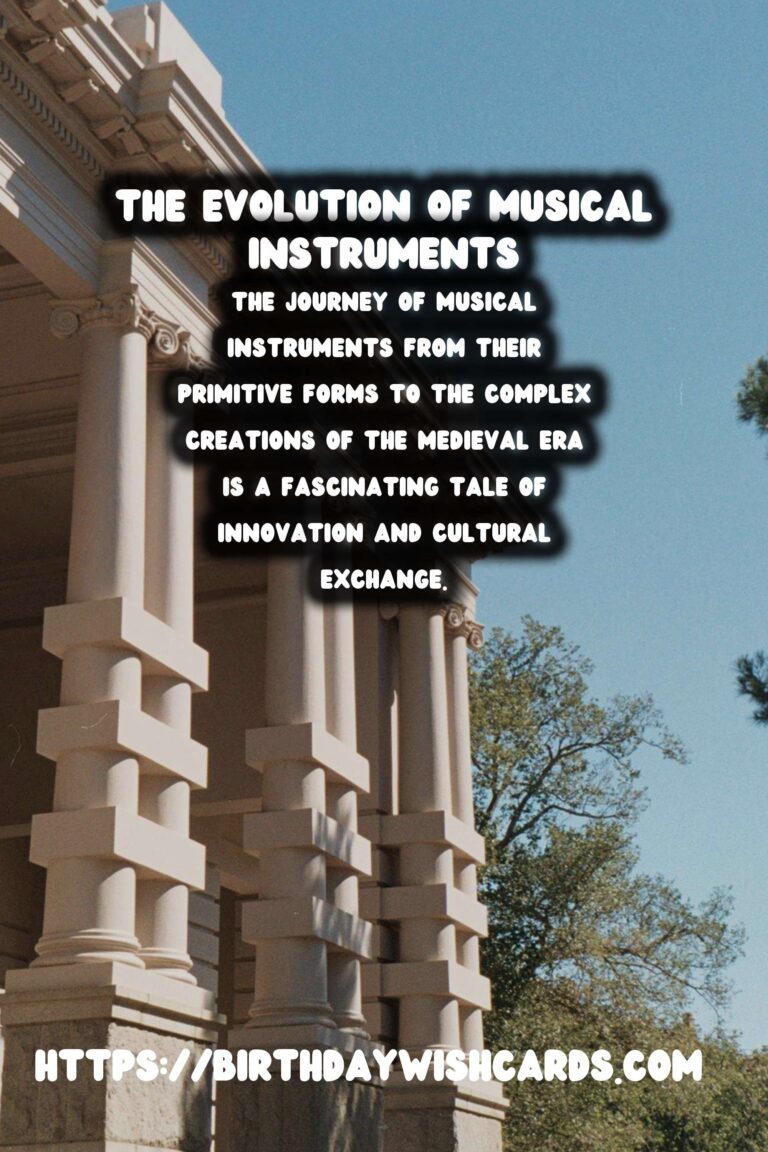
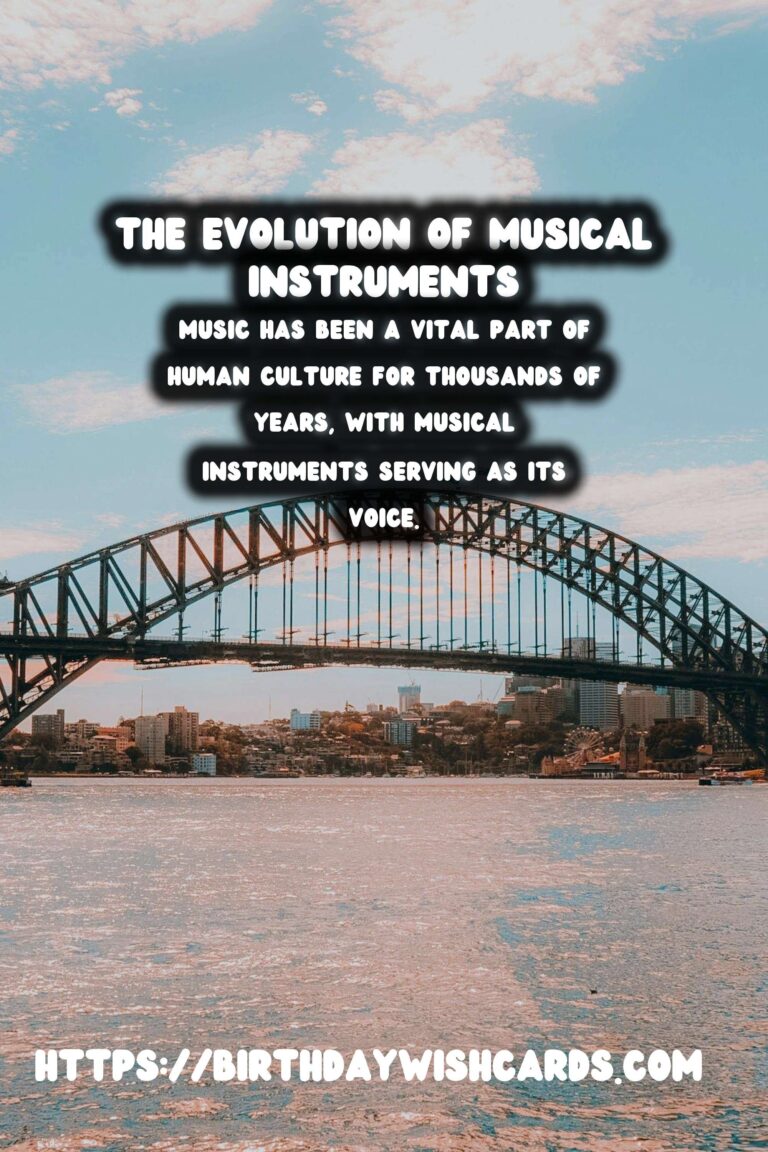



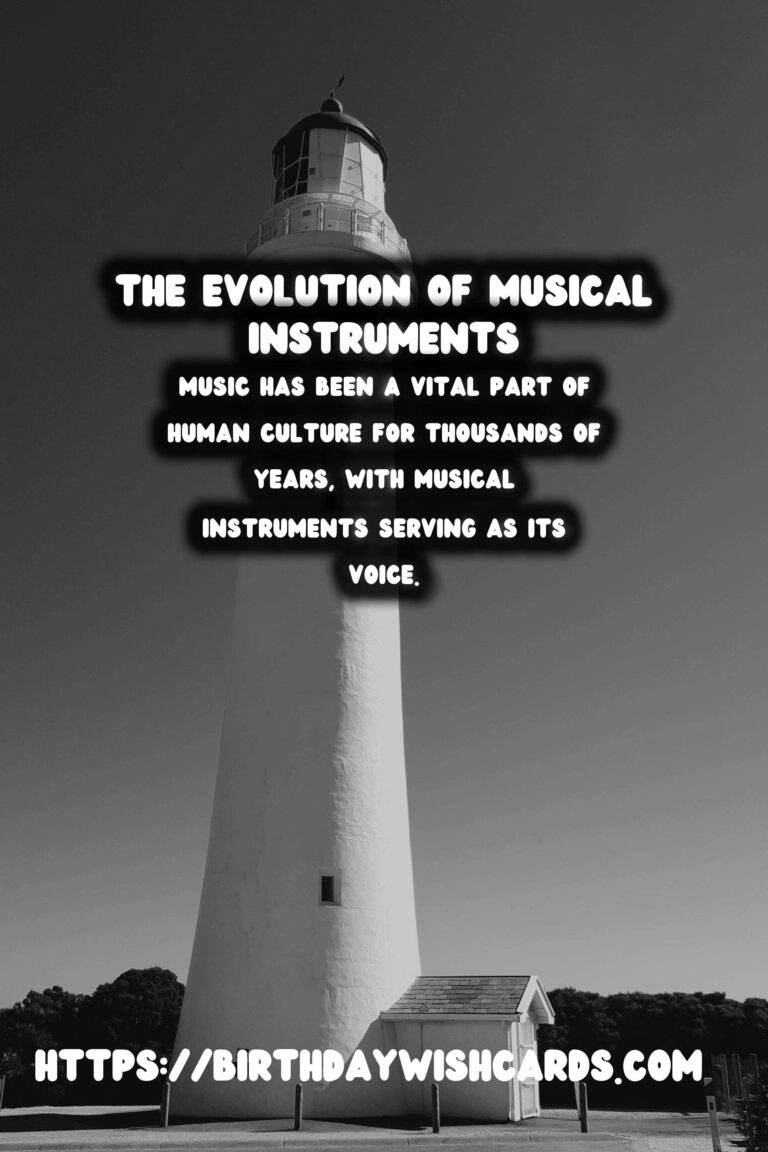
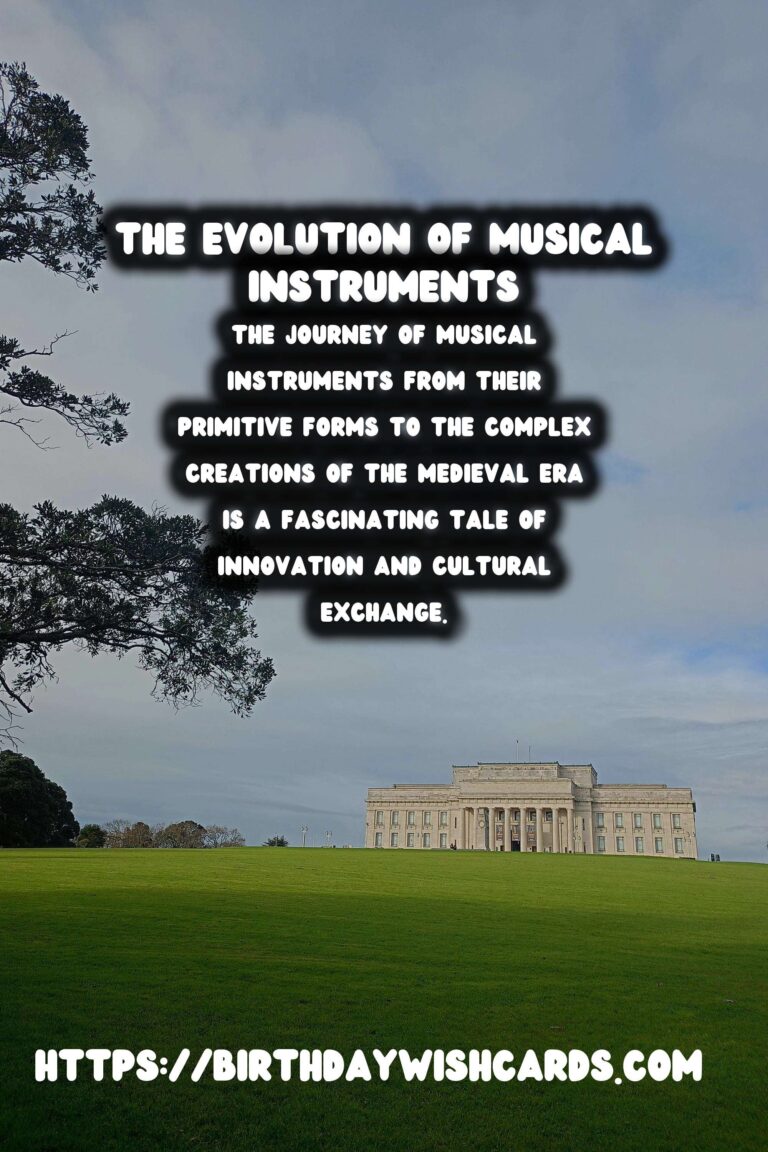
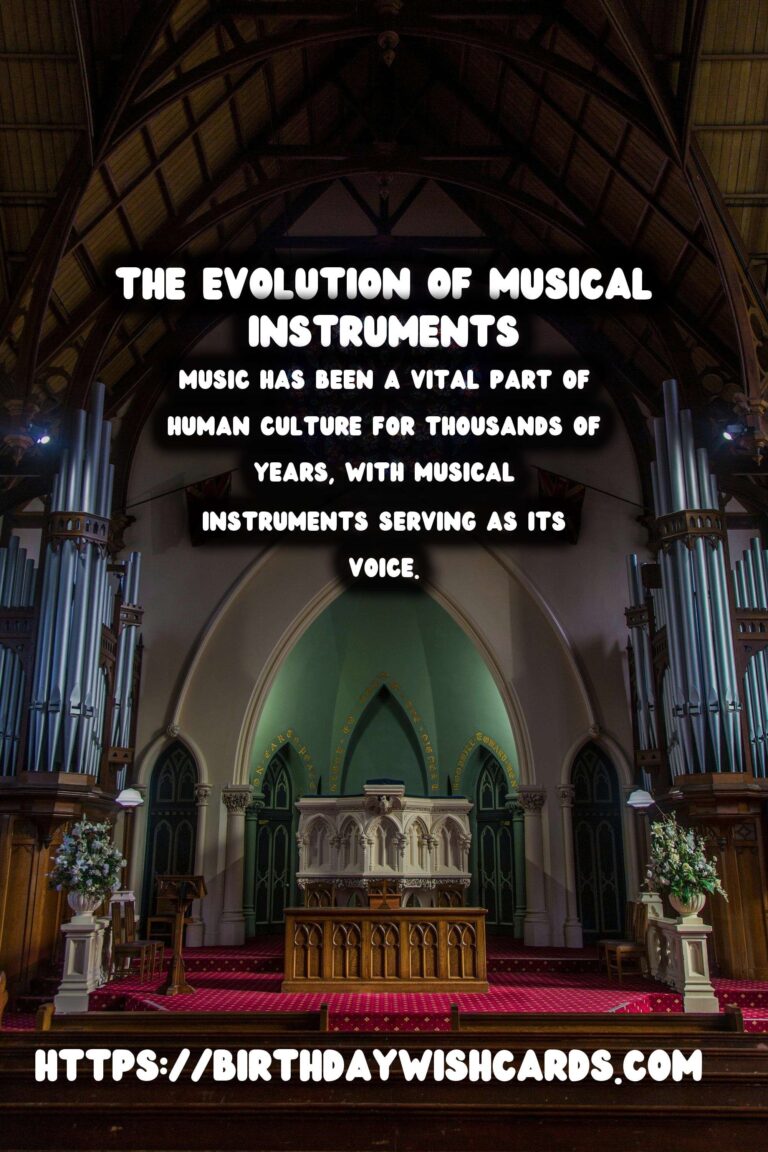
#MusicHistory #AncientInstruments




